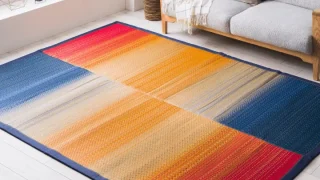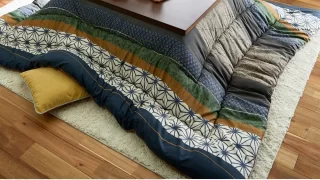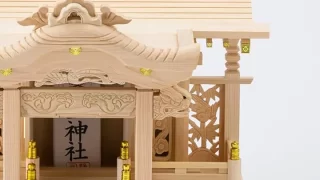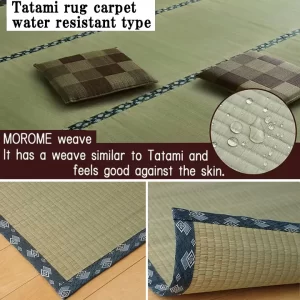What is Kyoto prayer beads (Kyonenju)?
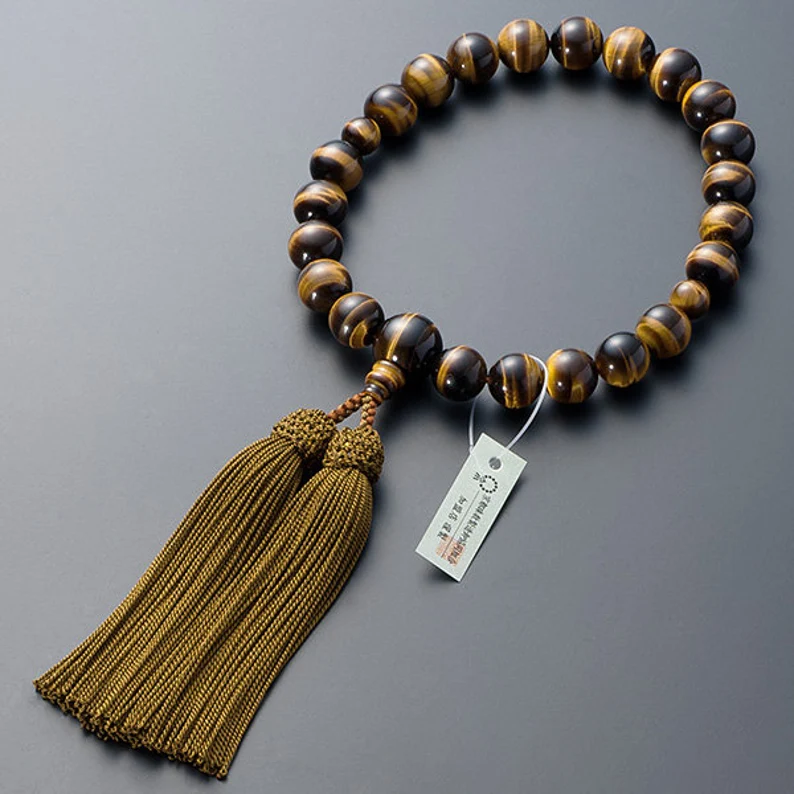
Kyoto prayer beads (Kyonenju) are traditional handicrafts of the Kyoto Bead Manufacturing Wholesale Cooperative Association.
Prayer beads are handcrafted one by one by skilled artisans of prayer beads in Kyoto, who have devoted themselves to the technology and have preserved the quality of traditional manufacturing methods.
The number of prayer beads is 108. It is the number of "worldly desires" that represent human desires and attachments.
In order to be released from this earthly desire, chant the prayer prayer. The thread running through the rosary symbolizes how our hearts and the Buddha communicate with each other, and the circle of prayer beads represents our hearts becoming round and honest. increase.
Contents
The history of Kyoto prayer beads (Kyonenju) and the reason why Kyoto became the production area
Kyoto has been the center of Japanese politics and culture for more than 1,000 years.Even after the Meiji Restoration, when political functions were transferred to Tokyo, Kyoto still functioned as the capital of religion. is.
Kyoto prayer beads (Kyonenju) developed based on the regional characteristics of Kyoto.
Since the early modern period, Kyoto has been one of the leading production and distribution centers of silk fabrics in Japan. It is said that the ease of obtaining the silk thread necessary for prayer beads also supported the development.
It is said that the division of labor in Kyoto's traditional industries had an impact on the development of Kyoto prayer beads (Kyonenju). Kyoto prayer beads (Kyonenju) have countless combinations of sects, sizes, materials, etc., and high-mix low-volume production is required.
Kyoto prayer beads (Kyonenju) craftsmen have maintained and developed traditional manufacturing methods by making full use of the network. Kyoto prayer beads (Kyonenju) is a brand that represents the historical characteristics of Kyoto.
Kyoto prayer beads (Kyonenju) are still all handmade.
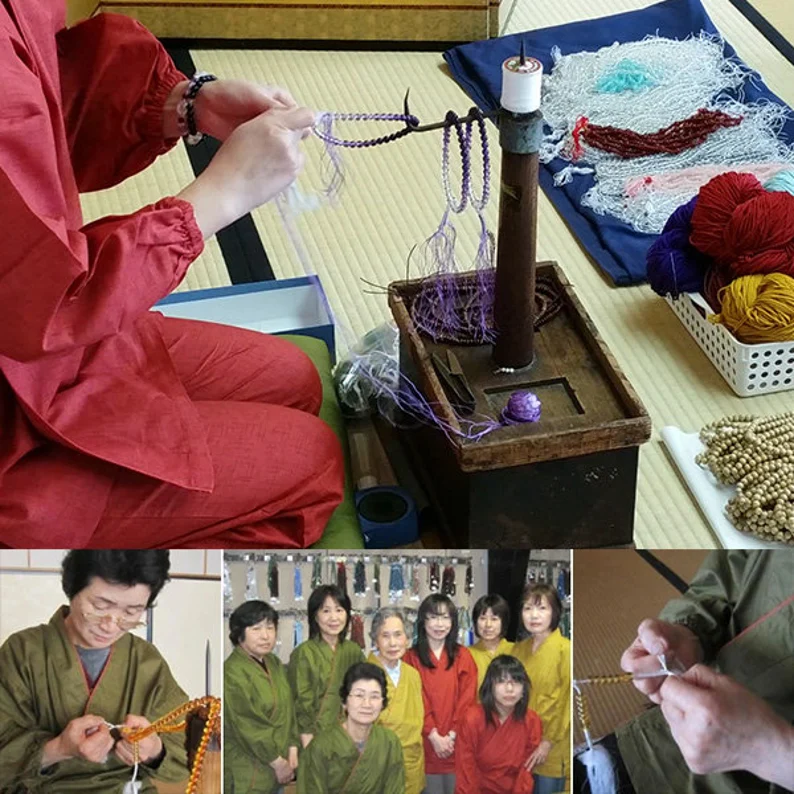
There are many operations before one prayer beads is completed, and each one is created by the expert skills of professional craftsmen.
One of the characteristics of Kyoto prayer beads (Kyonenju) is that they stick to handmade. And it's universally loved.
Even though we say Prayer Beads, the size and materials used are different depending on the sect, and the finishing methods vary widely.
Characteristics of Kyoto prayer beads (Kyonenju)
It is said that there are about 70 main types alone.
For this reason, a group of specialized craftsmen in many fields is necessary, and it has developed in Kyoto, which has prospered as the center of Japanese culture for 1200 years.
Even now, about 90% of the production of prayer beads is concentrated in Kyoto.
Kyoto prayer beads (Kyonenju) are all carefully made one by one by skilled craftsmen according to traditional techniques.
Even today, Kyoto prayer beads (Kyonenju) craftsmen are being tested for the purpose of training craftsmen and improving their skills.
Only the prayer beads made by Kyoto prayer beads are called Kyoto prayer beads (Kyonenju).

